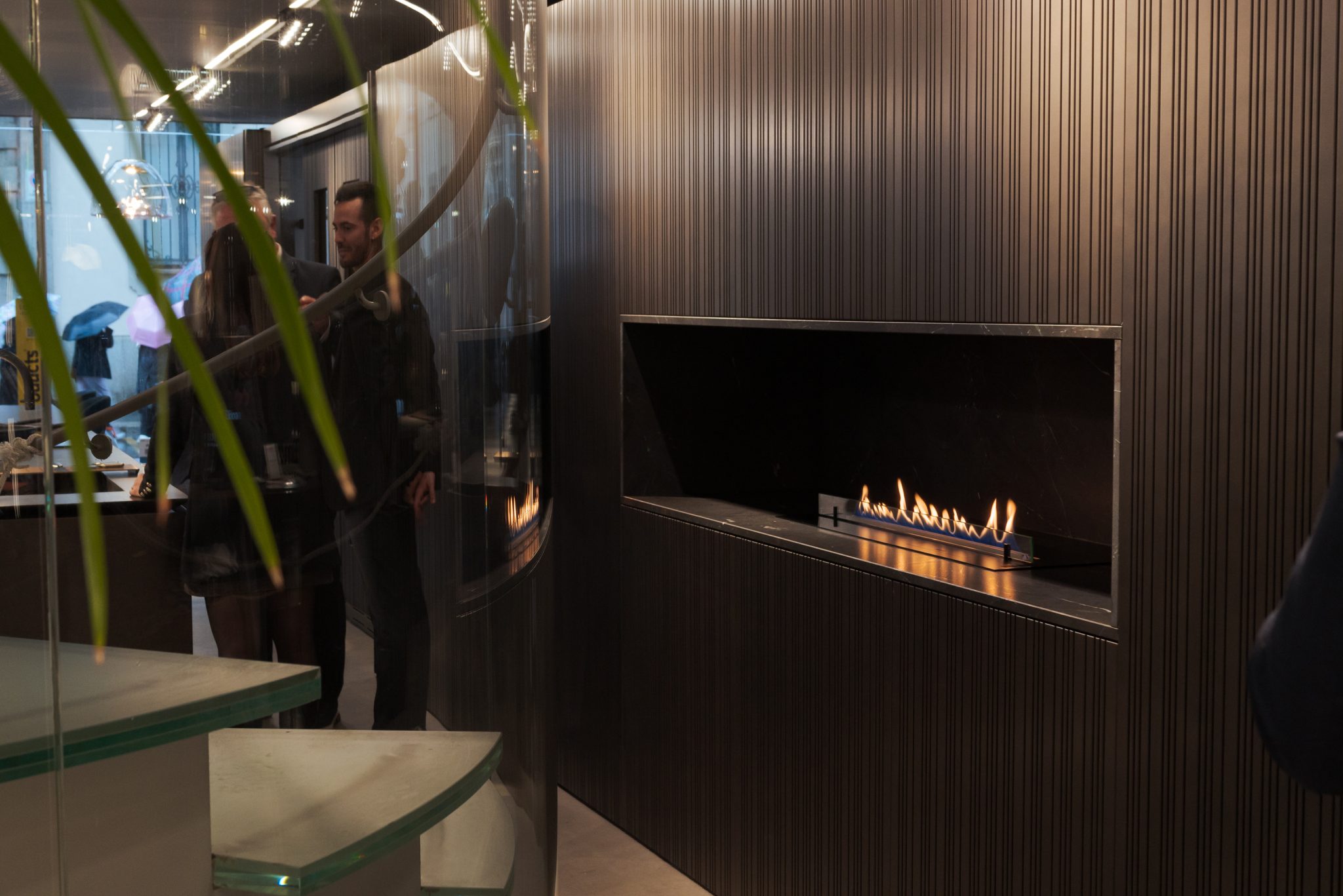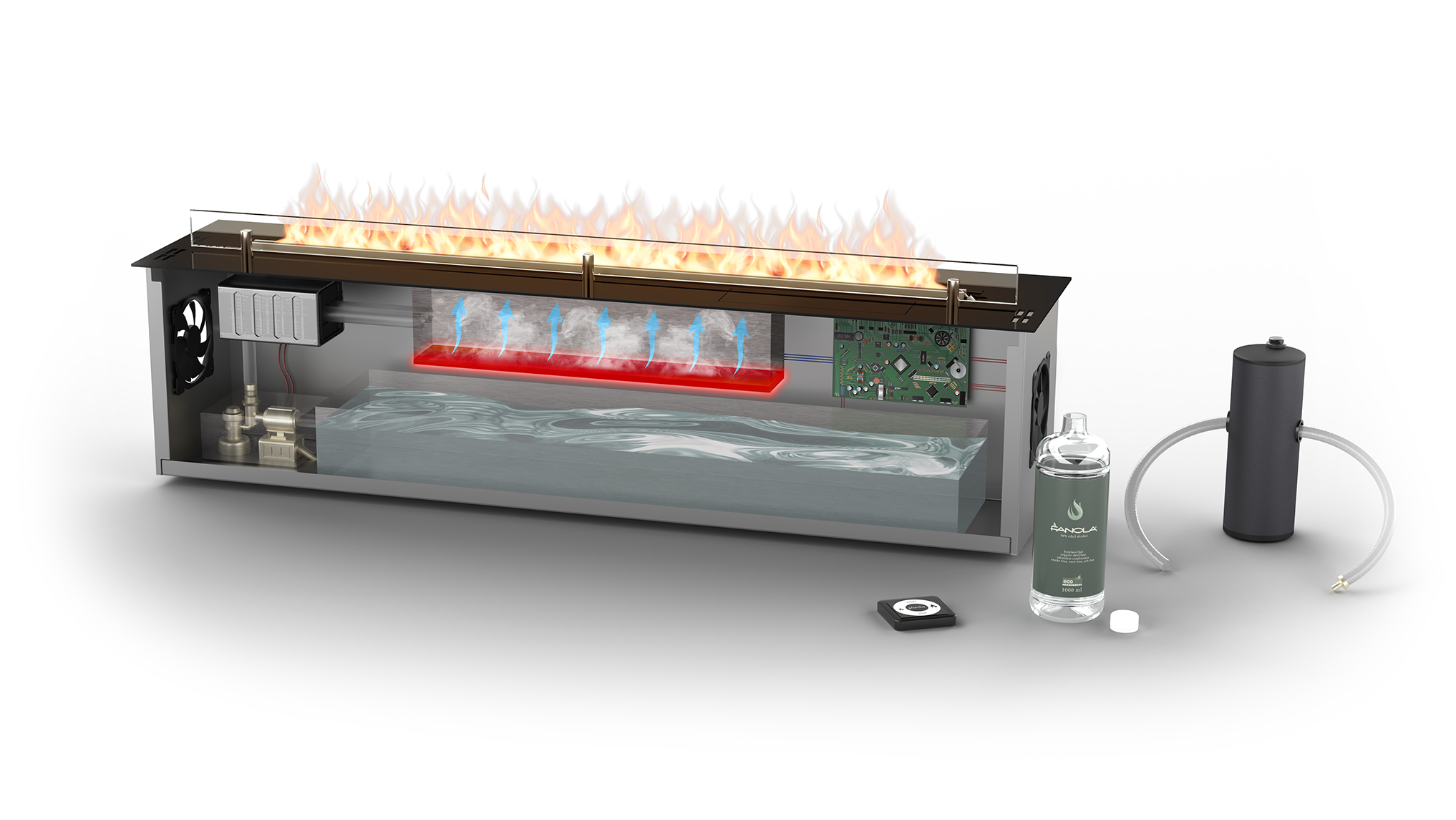
The Most Frequent Questions About Bioethanol Fireplaces
What is a Bioethanol Fireplace?
Answer: A bioethanol fireplace is a type of fireplace that uses bioethanol fuel, a renewable energy source made from fermented plant sugars, to produce a clean and smokeless flame. Unlike traditional fireplaces, bioethanol fireplaces do not require a chimney or flue, making them easy to install and move as needed.
Are Bioethanol Fireplaces Safe?
Answer: Yes, bioethanol fireplaces are safe when used correctly. They are designed with safety features such as flame guards and safety shut-off mechanisms. However, it is essential to follow the manufacturer’s instructions, keep flammable materials away, and ensure proper ventilation in the room to prevent any potential hazards.
How Long Does Bioethanol Fuel Last?
Answer: The burn time of bioethanol fuel depends on the size of the fuel tank and the flame setting. On average, one liter of bioethanol fuel can last between 4 to 6 hours. Adjusting the flame size can also extend or shorten the duration of the fuel, providing flexibility based on your heating needs.
Do Bioethanol Fireplaces Produce Heat?
Answer: Yes, bioethanol fireplaces produce real flames that generate heat. While they may not replace a central heating system, they provide supplementary warmth to the surrounding area. The amount of heat produced can vary based on the size and design of the fireplace, typically offering between 2 to 3 kW of heat output.
Can I Use a Bioethanol Fireplace Outdoors?
Answer: Yes, there are bioethanol fireplaces specifically designed for outdoor use. These models are built to withstand various weather conditions and provide a stylish and functional heating solution for your patio, garden, or outdoor living space. They offer the same clean-burning, smokeless flame as indoor models.
How Do I Refuel a Bioethanol Fireplace?
Answer: To refuel a bioethanol fireplace, first ensure the fireplace is cool. Open the fuel tank, carefully pour in the bioethanol fuel using a funnel, and then close the tank. Always follow the manufacturer’s refueling instructions to avoid spills or accidents. It’s important to store bioethanol fuel safely away from any open flames.
Are Bioethanol Fireplaces Environmentally Friendly?
Answer: Yes, bioethanol fireplaces are environmentally friendly. They burn cleanly, emitting only water vapor and a small amount of carbon dioxide, making them a greener alternative to traditional fireplaces. Bioethanol is derived from renewable sources such as corn, sugarcane, and other plant materials, contributing to sustainable energy use.
Can Bioethanol Fireplaces be Used as a Primary Heat Source?
Answer: Bioethanol fireplaces are best used as a supplementary heat source. While they provide warmth and ambiance, they are not intended to replace a central heating system. They are ideal for adding extra heat to a specific room or area, enhancing the coziness and atmosphere without the need for major renovations.
What are the Maintenance Requirements for a Bioethanol Fireplace?
Answer: Maintenance for bioethanol fireplaces is minimal. Regularly clean the burner and glass surfaces, check for any fuel leaks, and ensure the fireplace is free from dust and debris. Since they do not produce soot or ash, cleaning is straightforward. Always follow the manufacturer’s guidelines for specific maintenance instructions.
Is it Necessary to Ventilate a Room with a Bioethanol Fireplace?
Answer: While bioethanol fireplaces do not produce harmful emissions, it is still advisable to ensure some ventilation to maintain good air quality, especially in smaller or enclosed spaces. Proper ventilation helps disperse any minor by-products of combustion and keeps the indoor environment comfortable and safe.
Can I Customize the Appearance of My Bioethanol Fireplace?
Answer: Many manufacturers offer customizable options for bioethanol fireplaces, including different finishes, colors, and accessories to match your décor. You can choose from a range of styles, from modern to traditional, and add elements like decorative stones or ceramic logs to enhance the aesthetic appeal of your fireplace.
How Do I Extinguish a Bioethanol Fireplace Flame?
Answer: Most bioethanol fireplaces come with a tool or lever to extinguish the flame. Simply use this tool to cover the burner and cut off the fuel supply, safely extinguishing the fire. Ensure that the flame is completely out before leaving the fireplace unattended, and never try to blow out the flame as you would with a candle.
How Much Heat Does a Bioethanol Fireplace Produce?
Answer: The amount of heat produced by a bioethanol fireplace can vary depending on the model and size of the unit. On average, these fireplaces generate between 2 to 3 kW of heat output, which is sufficient to warm a small to medium-sized room. They are ideal for creating a cozy atmosphere and providing supplemental heat.
Do Bioethanol Fireplaces Smell?
Answer: Bioethanol fireplaces are designed to burn cleanly and should not produce a noticeable odor when using high-quality fuel. However, a slight smell may be present when lighting or extinguishing the flame. Using premium bioethanol fuel and ensuring proper ventilation can minimize any potential odors.
Can I Install a Bioethanol Fireplace Myself?
Answer: Yes, one of the advantages of bioethanol fireplaces is their ease of installation. Most models do not require any special construction, ventilation, or electrical connections. You can typically set up a freestanding bioethanol fireplace yourself by following the manufacturer’s instructions, making it a convenient option for any home.





